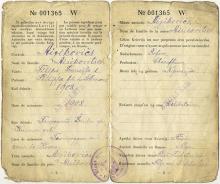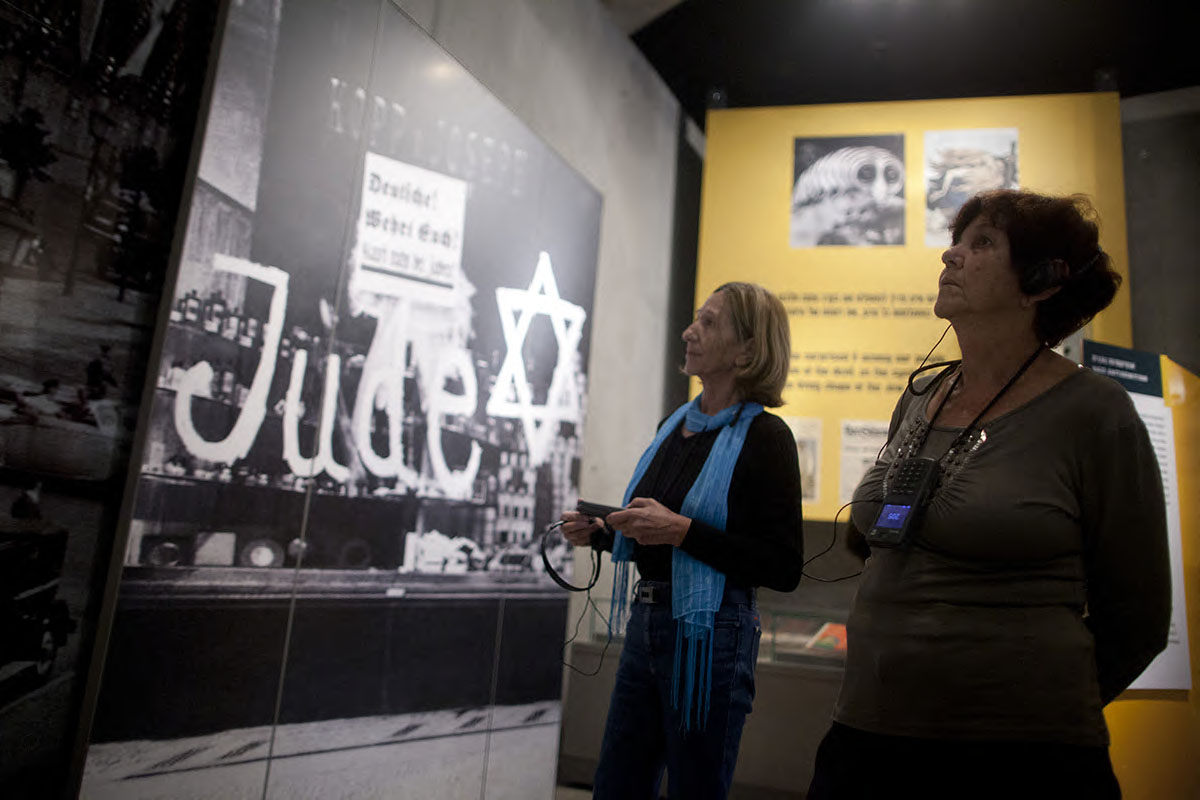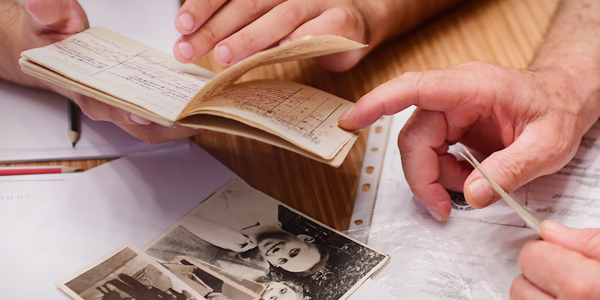Read More...
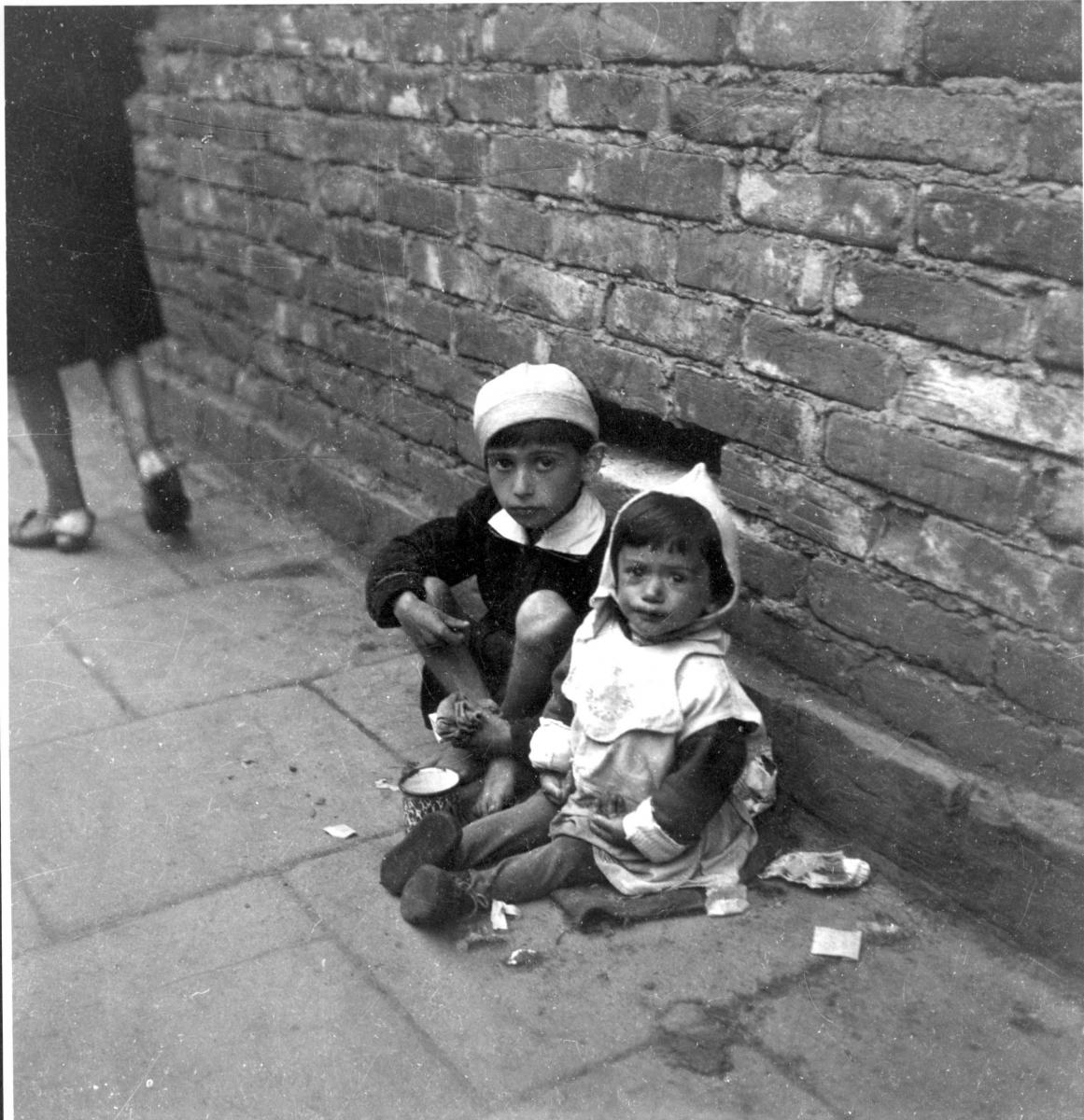
Yad Vashem Photo Archives 2536/73

The two brothers perished in the Holocaust.
Yad Vashem Photo Archives 4789
Yad Vashem Photo Archives 3750/1
Yad Vashem Photo Archives 7317/11648
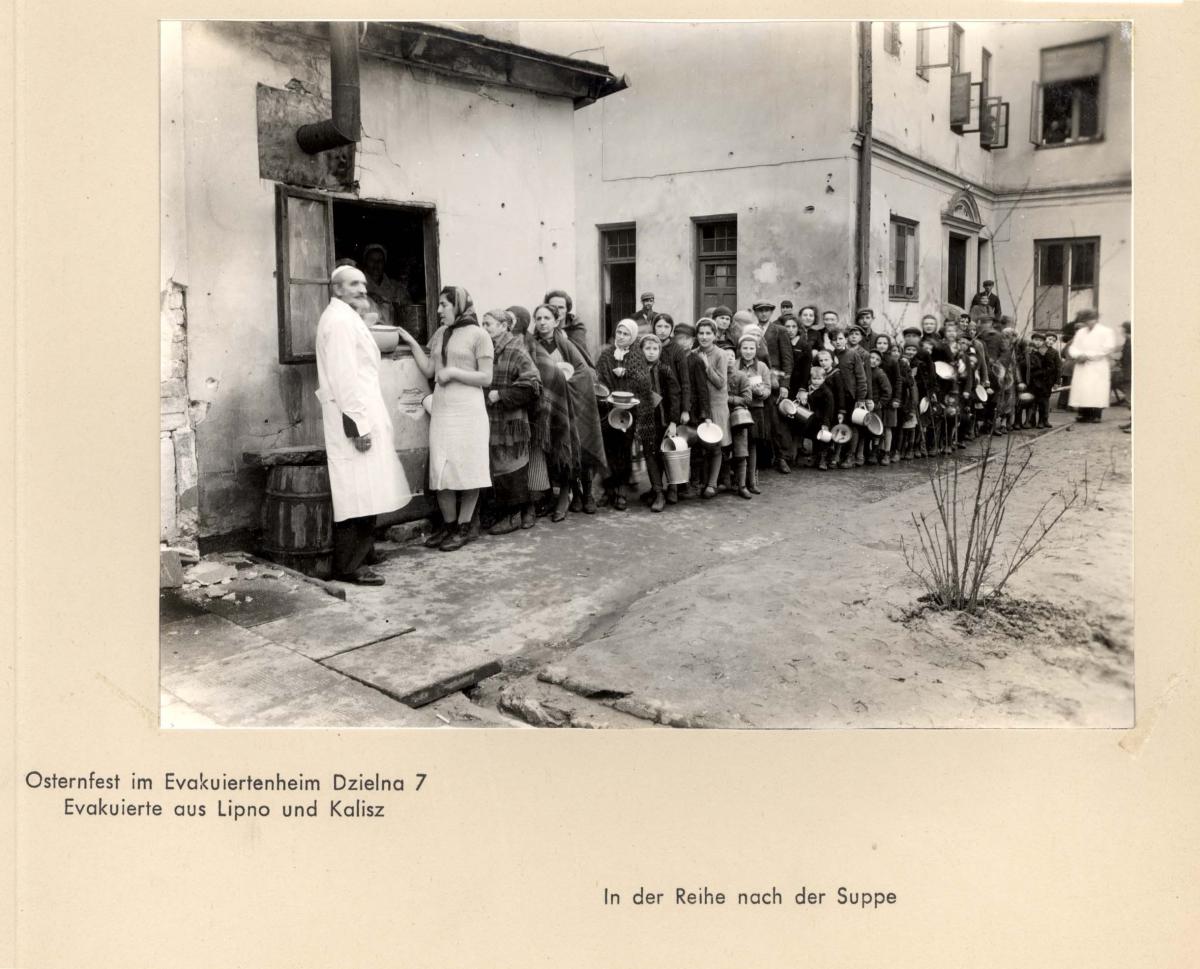
Yad Vashem Photo Archives 3078/73

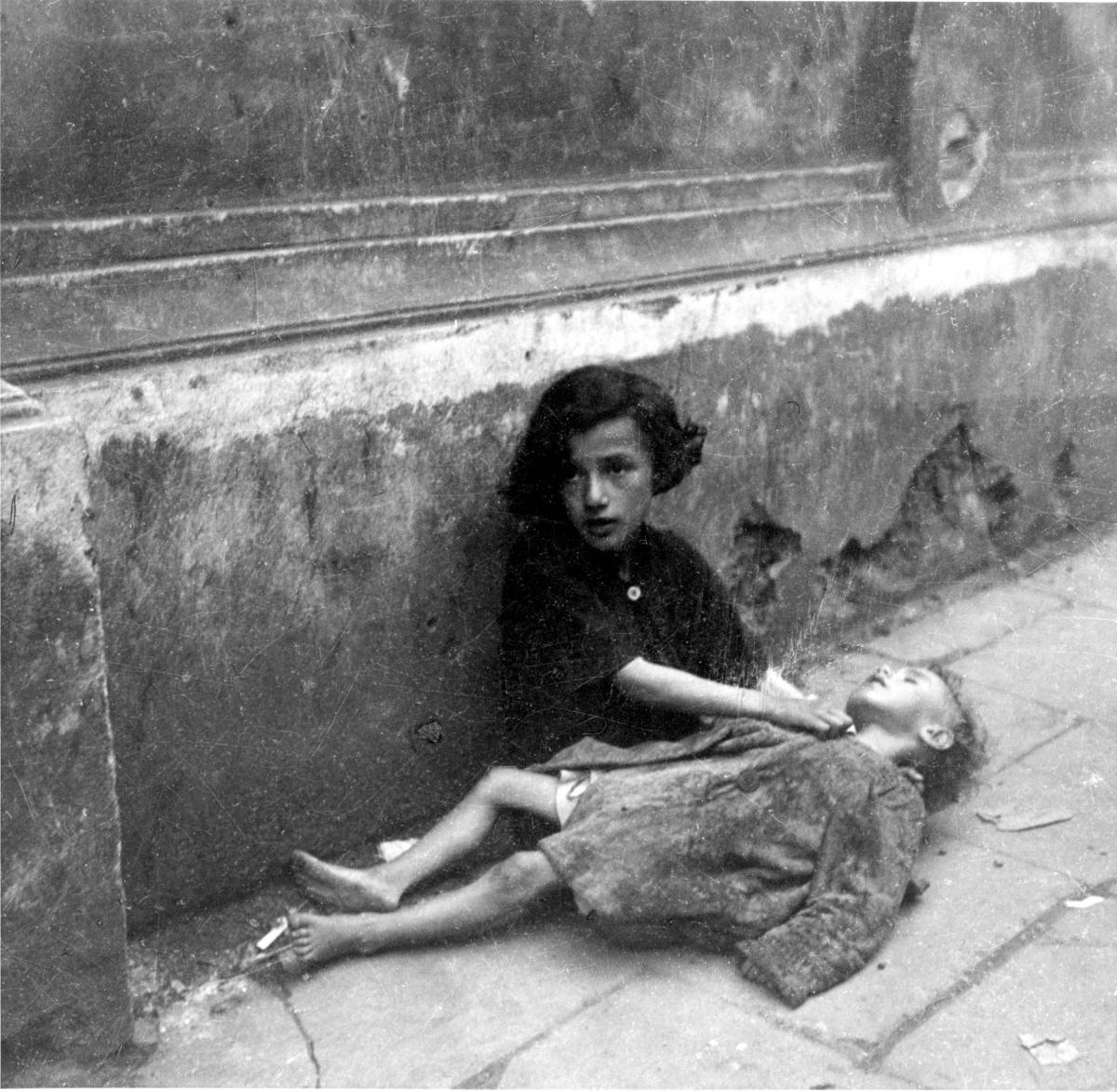
Yad Vashem Photo Archives 2536/81

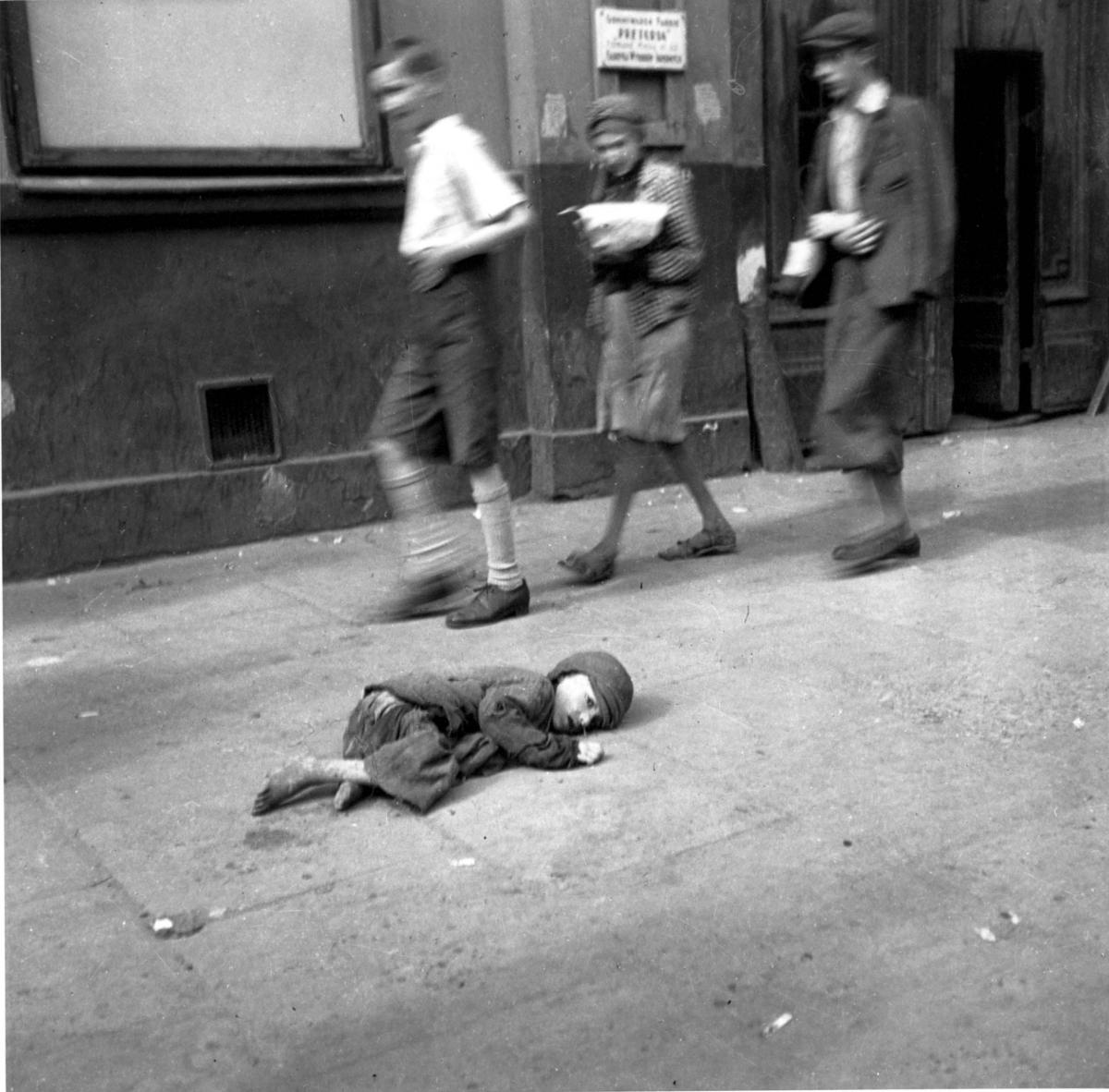
Yad Vashem Photo Archives 5002/7

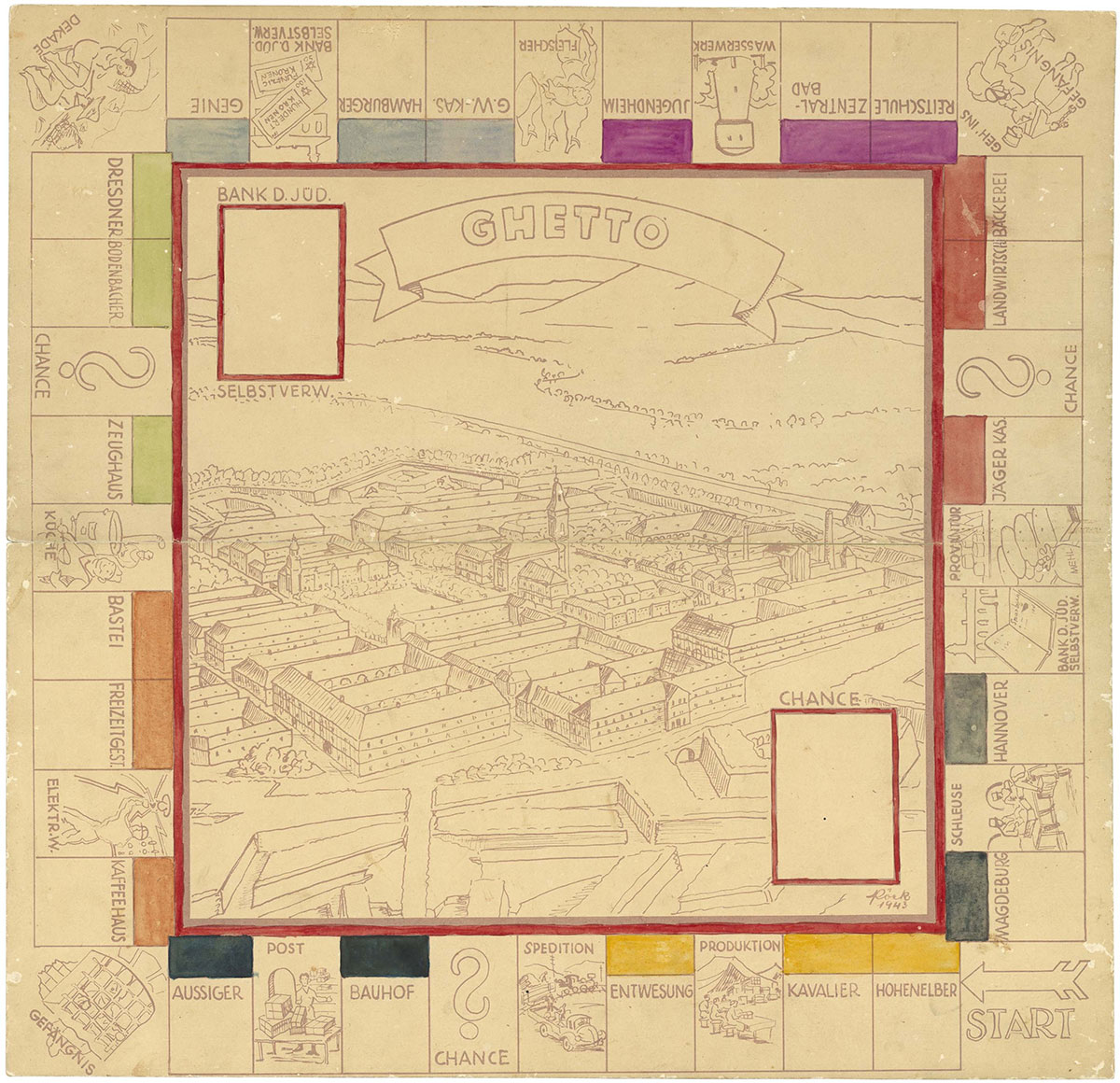
In addition to entertaining the children, it was intended to provide them with information about ghetto life. The board displays a drawing of the ghetto. Significant ghetto sites are stations in the game: the prison, the barracks, the fort, the warehouse, the kitchen, the deportees' absorption site and others. Those who were deported would often leave belongings with friends who remained in the ghetto, and thus, the Monopoly game was passed on to Pavel and Tomaš Glass in Theresienstadt.
Yad Vashem Artifacts Collection
Donated by Micah Glass, Ramat Gan, and Dan Glass, Jerusalem

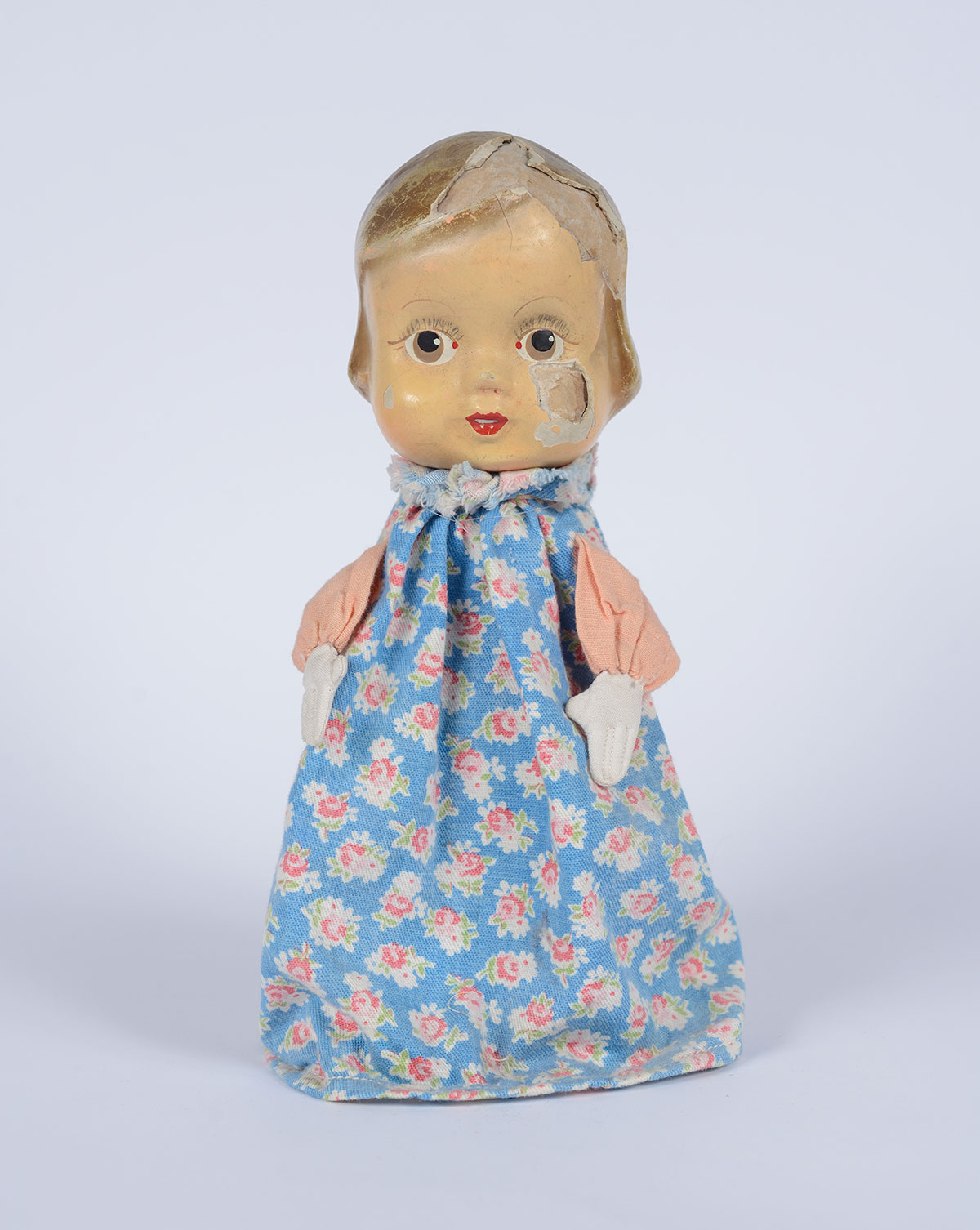
One day, Natalia, who helped smuggle children out of the ghetto, was injured. She sent a youth to the cellar to rescue her daughter. He put Zosia into a coal sack and carried her out on his back. Only when they were outside the ghetto did she realize that she had left her doll in the cellar.Tearfully, she insisted that they go back, “because a mother doesn’t leave her little girl…” They returned to the ghetto, retrieved the doll and managed to get out safely again.
Yad Vashem Artifacts Collection
Loaned by Yael Rosner (Zosia Zajczyk), Jerusalem

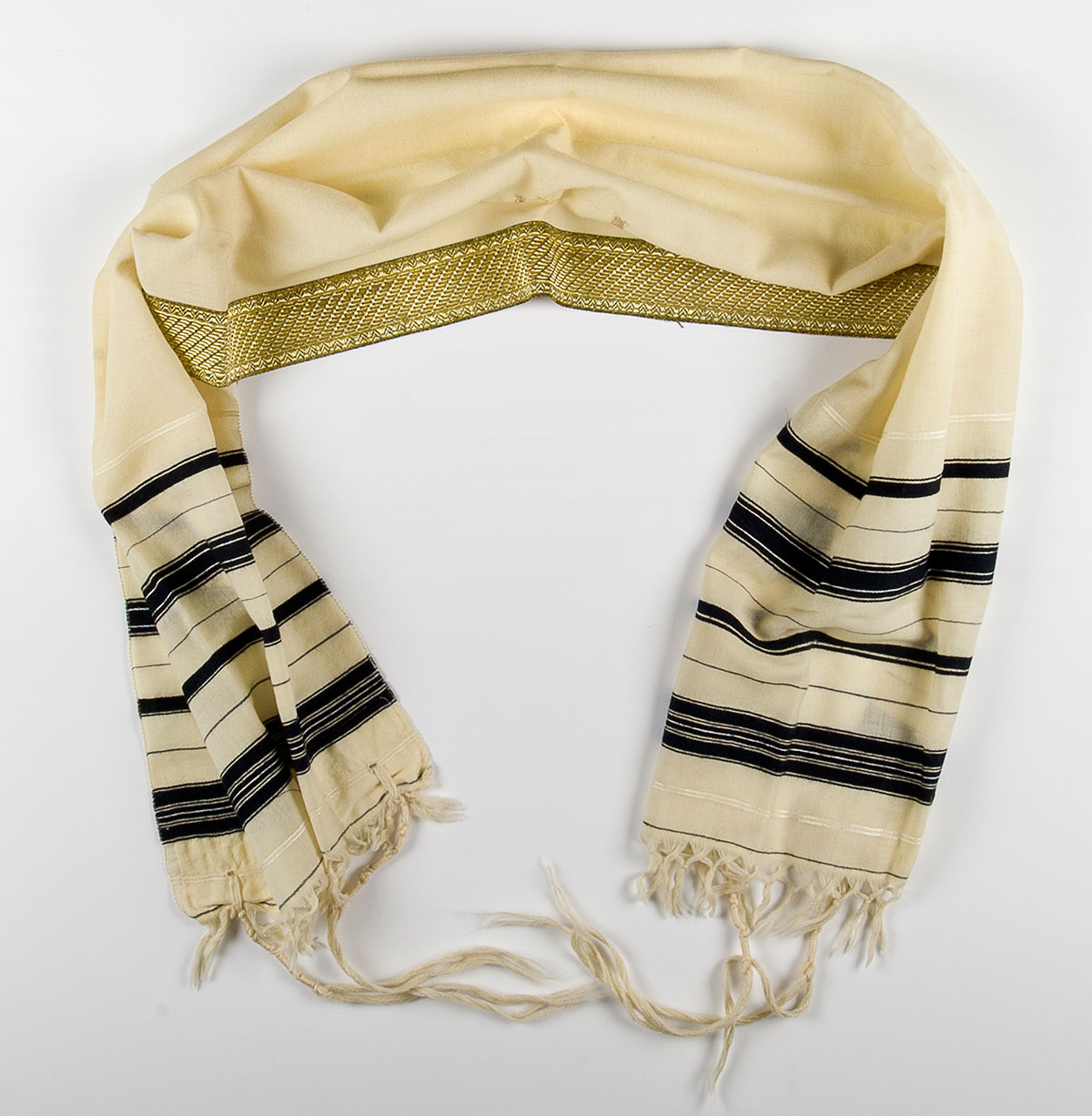
In January 1943, just two months before Jiři’s Bar Mitzvah, the Bader family was deported to the Theresienstadt ghetto along with the rest of the Jews of Kyjov. In light of this upheaval in their lives, it was impossible to celebrate Jiři’s Bar Mitzvah on time.In April 1944, when Jiři was 14, they finally marked the occasion in the ghetto youth club. In spite of the restrictions and difficult conditions, Jiři's family and friends prepared gifts for him: he received a prayer shawl in a cloth bag that was made from fabric remnants; an album illustrated by the talented caricaturist Max Placek with his life-story in words and pictures; and a leather wallet made in one of the ghetto workshops. Two months later, Jiři and his father Pavel were deported to Auschwitz, where they were murdered.
Yad Vashem Artifacts Collection
Donated by Vera (Bader) Weberova, Czech Republic

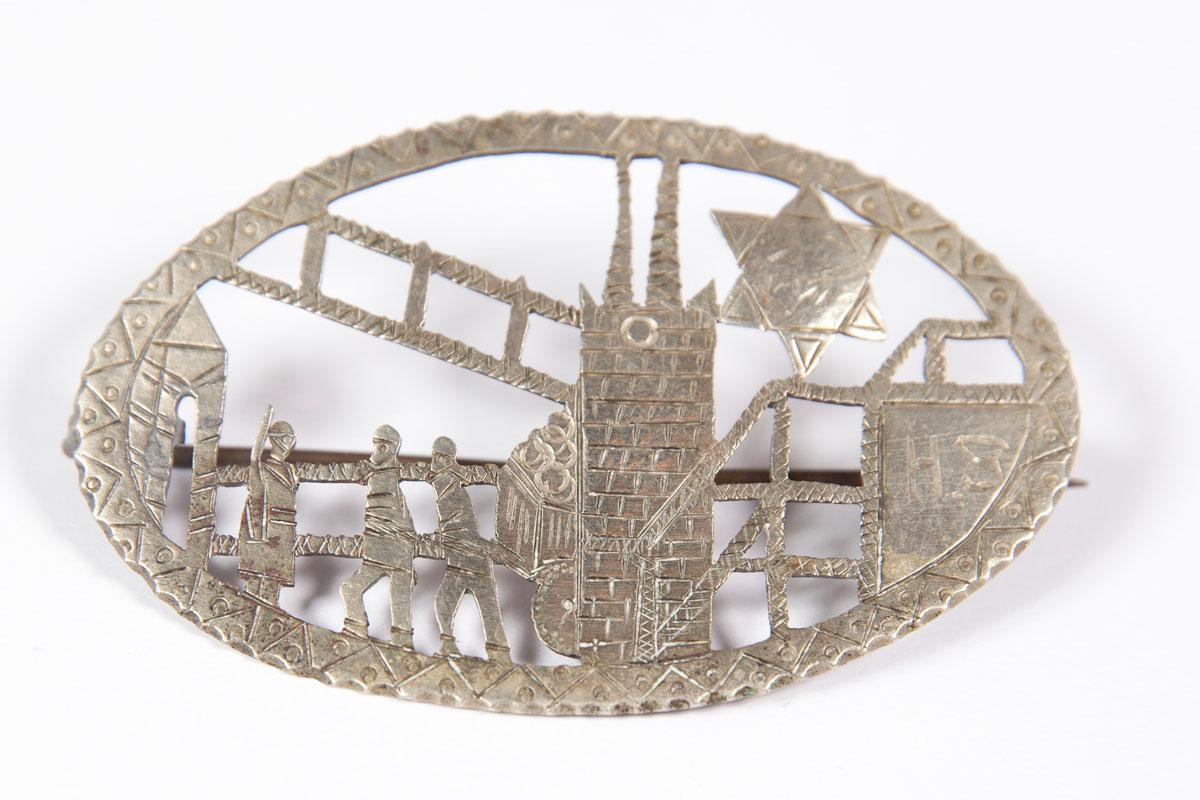
Yad Vashem Artifacts Collection
Donated by Barash Shmuel, Israel

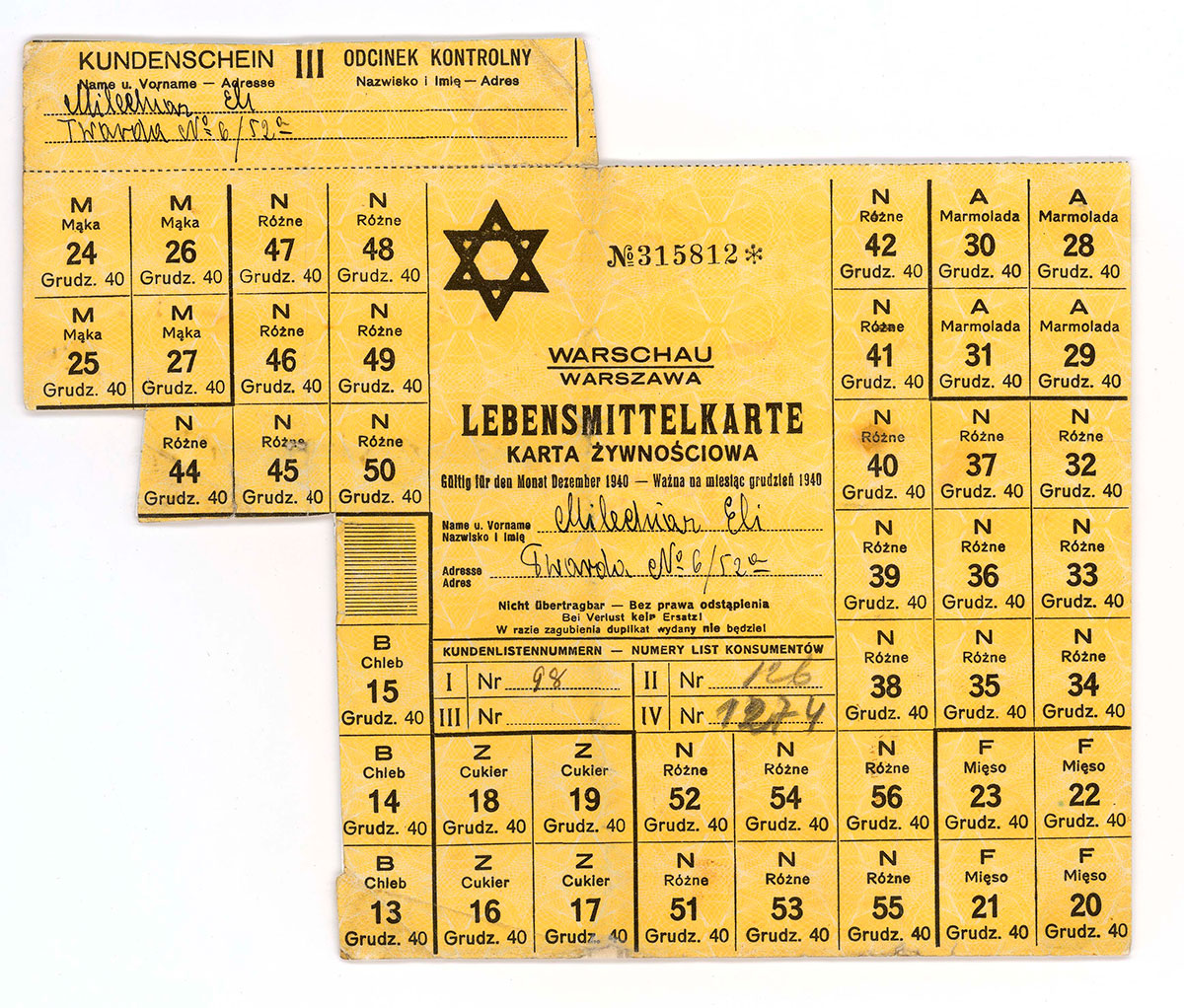
Yad Vashem Artifacts Collection
Donated by Maggie Tamir, Rehovot


Collection of the Yad Vashem Art Museum, Jerusalem
Gift of the artist

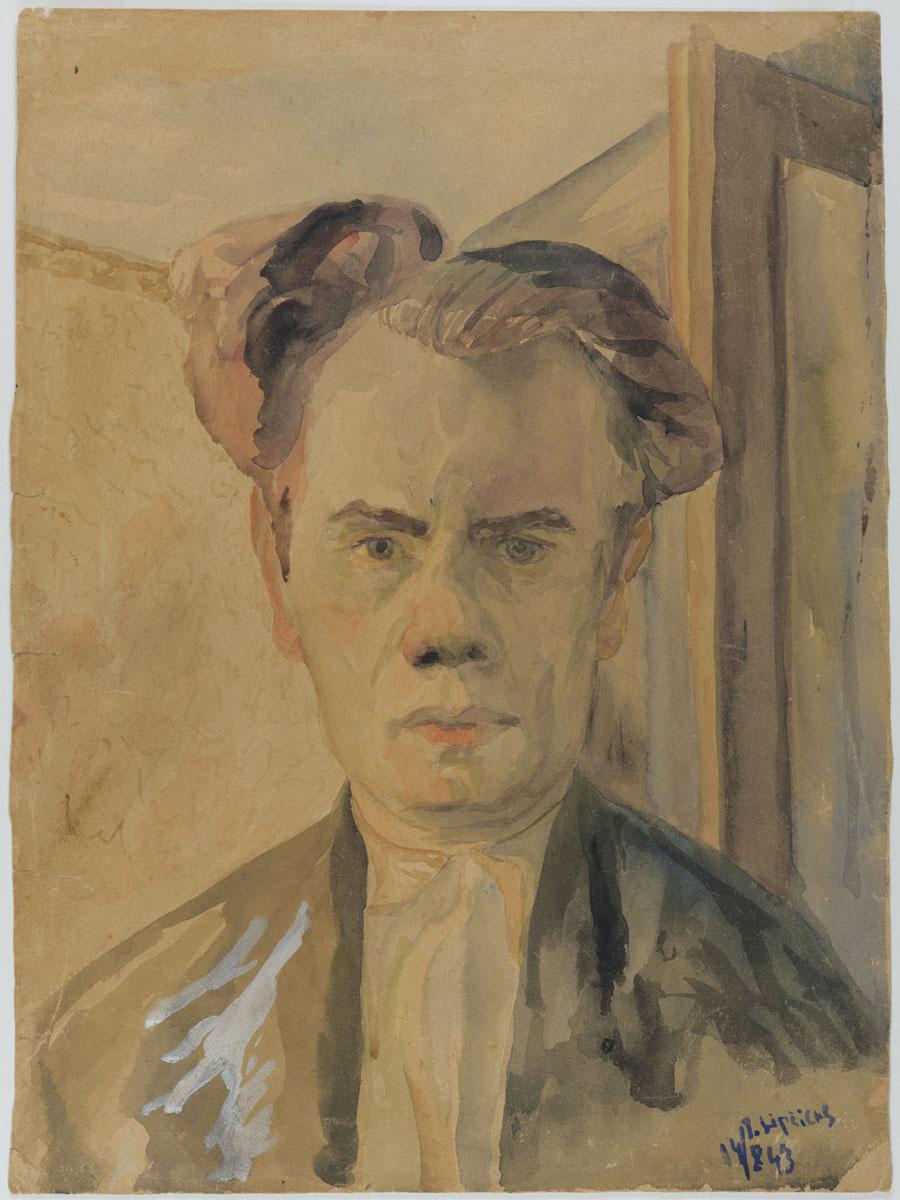
Collection of the Yad Vashem Art Museum, Jerusalem

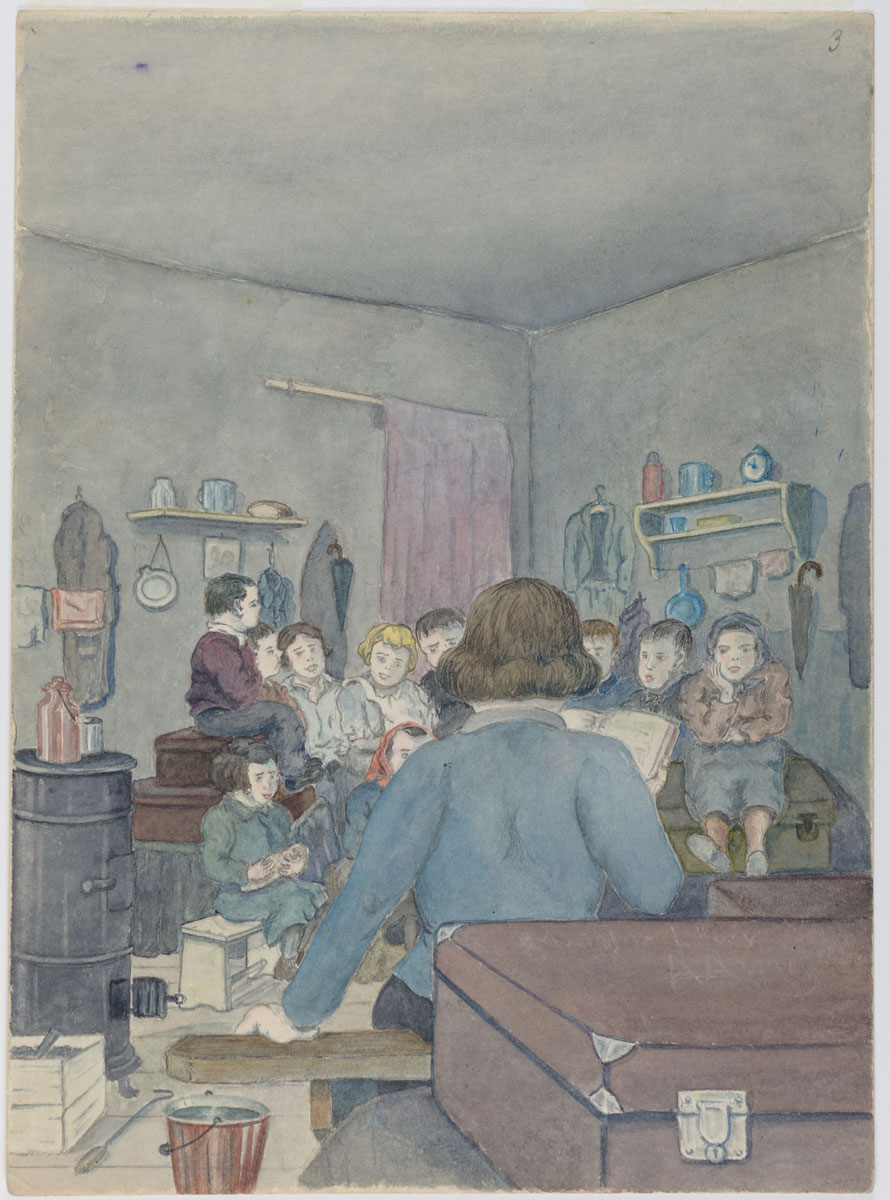
Gift of the Prague Committee for Documentation, courtesy of Alisa Shek, Caesarea
Collection of the Yad Vashem Art Museum

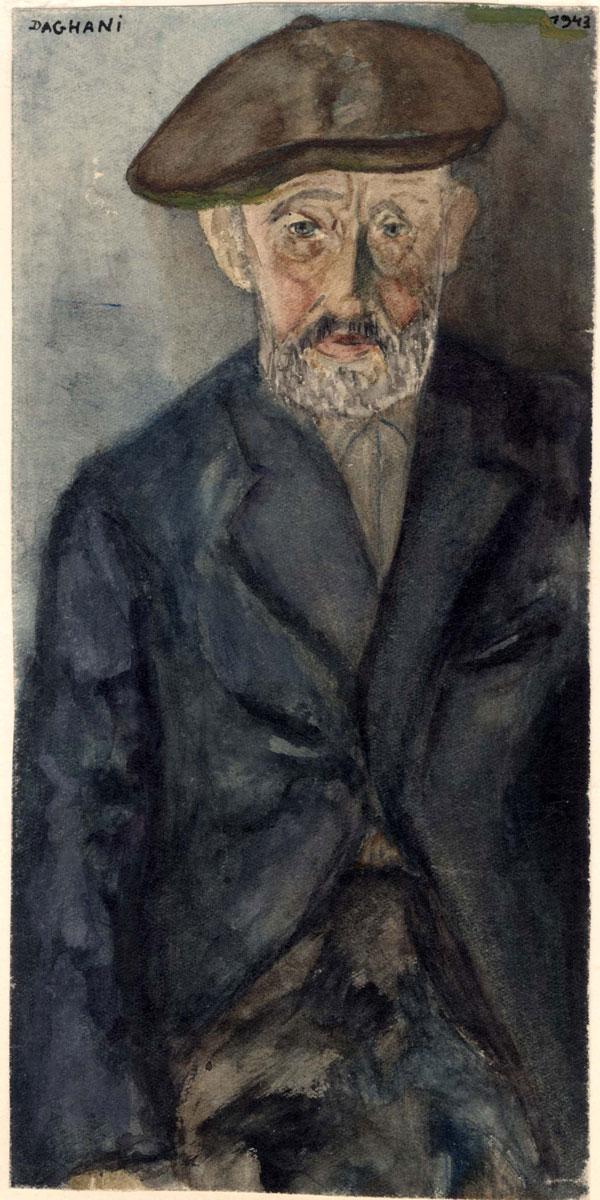
Born in 1876. Around 1920, moved with his family from Chortkow to Czernowitz. In 1940, deported to the Czernowitz Ghetto and from there to the Mikhailowka Labor Camp in August 1942. Following the Partisans‘ attack of the camp in August 1943, he escaped and reached the Bershad Ghetto. After the war, lived in Israel, where he died in 1966.Gouache on paper21.8X10.7 cm
Collection of the Yad Vashem Art Museum

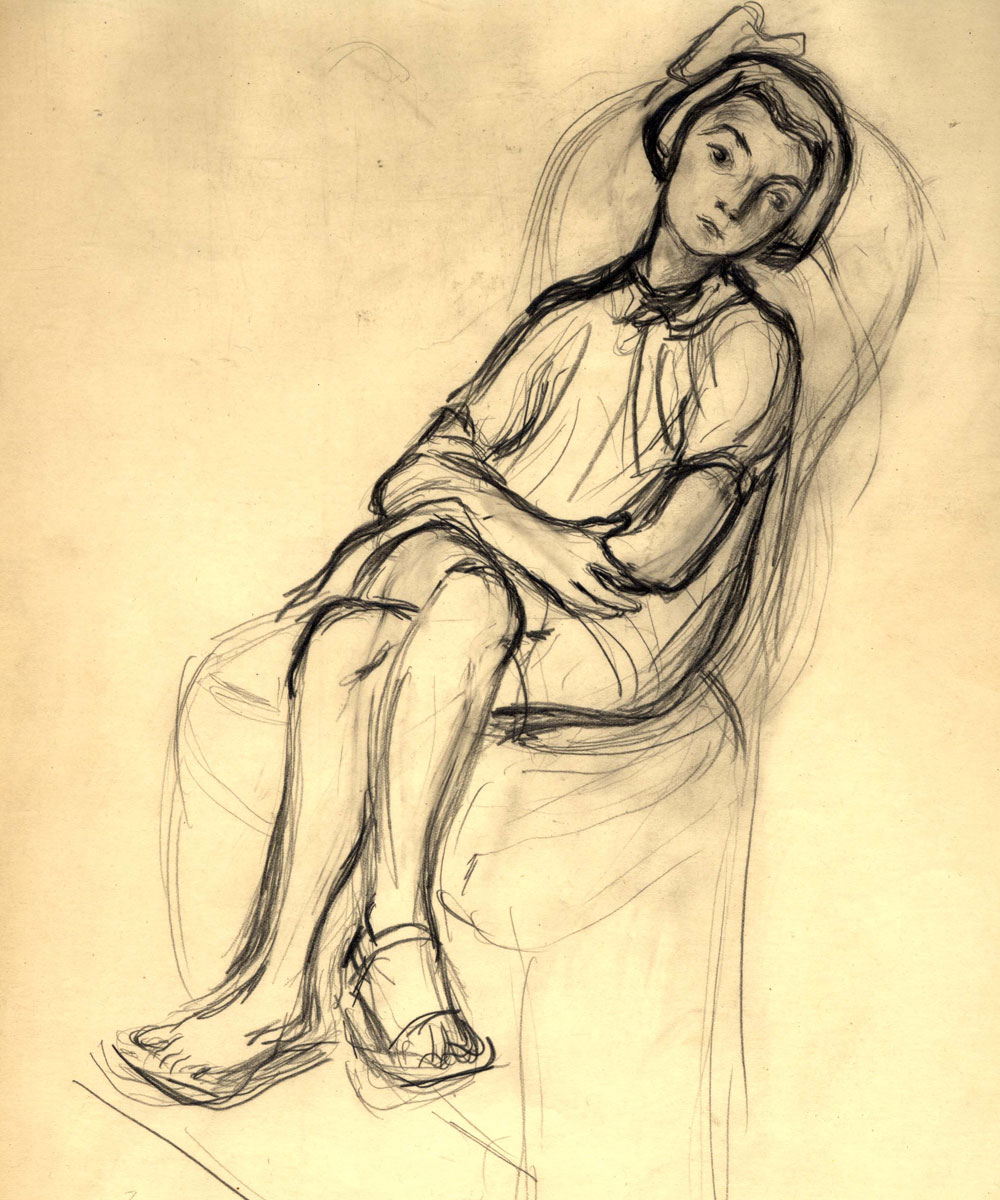
Collection of the Yad Vashem Art Museum, Jerusalem

The Jews were only permitted to take a few personal items with them to the ghetto, in the process being stripped of the homes and property that they had left behind. The ghettos were extremely crowded and often lacked basic electrical and sanitary infrastructure. The food rations were insufficient for supporting the ghettos’ inhabitants, and the Germans employed brutal measures against the smugglers, including both public and private executions. Starvation increased and worsened in the ghettos and many of the inhabitants became ill or perished.
Despite the inhumane conditions that persisted in the ghettos, communal institutions and voluntary organizations strove to imbue life with meaning and to provide for the public’s needs.
Many risked their lives for higher values, such as the education of their children, preservation of religious traditions, and the fulfillment of cultural activities. Books, intellectual pursuits, music and theater served as an escape from the harsh reality surrounding them and as a reminder of their previous lives. Artists and intellectuals, children and ordinary individuals, wrote and drew in order to document the fear and dread that descended upon Jewish society. These activities enabled many to rise above the degradation and humiliation that they suffered. Despite the murderous reality to which the Jews were exposed, many enlisted in helping the weak amongst them and founded organizations for mutual aid and welfare. Many Jews placed themselves in grave danger in order to save the lives of others, including children who risked their lives to smuggle food into the ghetto.






